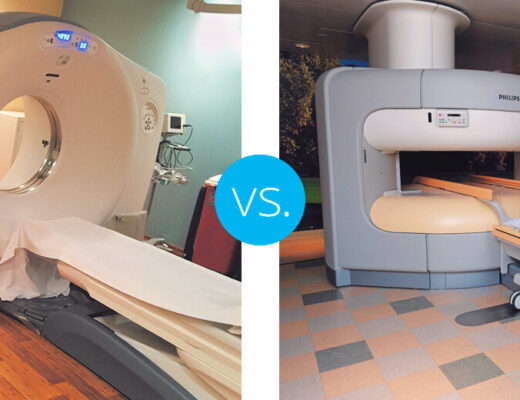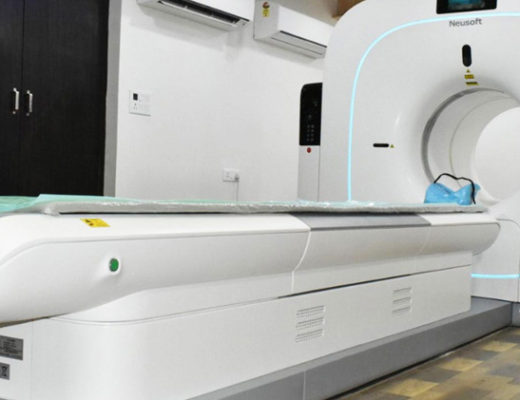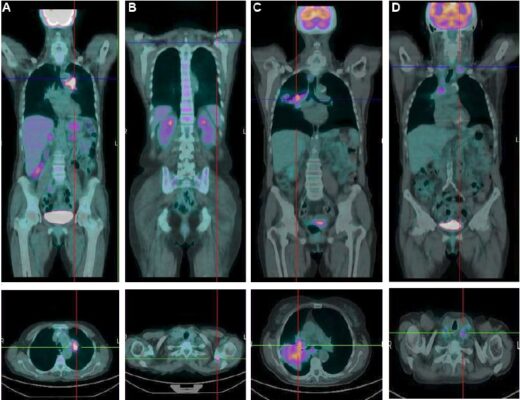How long do you have to wait for a PET scan?
Make sure you do all possible to acquire the correct diagnosis when you or a loved one is dealing with a terrible condition. The PET (positron emission tomography) scan is a very reliable test. Nearly two million PET scans are administered to patients each year to look for illnesses including cancer, heart issues, brain disorders, and central nervous system abnormalities. PET scans offer comprehensive pictures of the body, just like CT (computed tomography) scans do. However, PET scans reveal information at the cellular level, indicating with pinpoint accuracy the specific location of the body’s problems, in contrast to a CT scan, which displays the size and shape of organs and tissue.
How PET Scans Function
PET scans, a type of nuclear medicine, are a radiological method that oncologists (doctors who treat cancer), neurologists, and neurosurgeons frequently use or suggest in order to find metabolic abnormalities in an organ or tissue. The radioactive “tracers” in an unique dye used in PET scans are injected into a vein and then taken up by certain organs and tissues. This enables medical professionals to assess a patient’s blood flow, oxygen intake, and the efficiency of their organs and tissues. The tracers gather in regions with greater chemical activity, making illness or other suspicious activities easier to spot.
What PET Scan Results Can Show
Unlike PET scans, which may identify genuine physiological changes in the tissues and organs, CT scans, MRIs, and X-rays can only identify changes in shape or mass. Cancer cells, for instance, have a greater metabolic rate than normal cells. The cells show up as bright spots on the PET scan due to their high degree of chemical activity. Doctors can evaluate if the cancer has spread or whether the treatment is effective when such anomalies are found.
By identifying the existence of bleeding or hematoma to the brain’s tissue, PET scans can assess brain damage. Neurologists advise PET scans to identify neurological diseases including Parkinson’s disease, epilepsy, and Huntington’s disease as well as dementia, notably Alzheimer’s disease.
What is the waiting time for a PET scan?
24-48 hours before to your visit, you will be asked to consume a liquid contrast agent called “barium” as preparation for your PET scan. Although it doesn’t taste particularly good, the probability of seeing more precise visuals increases the more you are able to consume. In order to assist you in getting ready, further specific instructions will have been sent to you previously. If you are breastfeeding, what to dress, which drugs to take or avoid, and how to eat may all be covered in these guidelines. The whole process typically takes three hours to complete. This comprises the time required for registration, the radioactive tracer injection, the waiting period, and the body scan.
Results from standardized, quantifiable PET scans provide your doctor with knowledge about your health so that the right course of therapy may be decided. For example, a PET scan can aid in providing quick and reliable information on tumour size, location, and rate of growth when used to diagnose or monitor cancer. A PET scan gives your doctor useful information about cellular metabolism that helps them manage your particular health needs more effectively.
Tips for Patient Safety Before the Exam
- If you have any allergies or negative drug reactions, do let us know.
- Please let your doctor or the technician know if you are pregnant or think you might be pregnant.
- Please keep your valuables at your house or hospital room.
- If you require translating services, do inform us so that we may make the necessary arrangements.
- Bring a list of the drugs you are taking today (out-patient).
Getting Ready for the Procedure
- Before the day of your visit, you must adhere to the limited carbohydrate diet for the preceding 24 hours.
- Six hours before to the exam, only water should be consumed. It would be beneficial if you drank as much water as you could up before your arrival.
- Unless otherwise indicated, you may take routine medicines. You can take your diabetes medication up to 4 hours before the exam if you have diabetes.
- Be there 15 to 30 minutes before to your PET scan.
- The technician will confirm your identity and the exam you ordered.
- A form for contrast screening will be provided for your completion.
- Prior to administering contrast, the doctor may in some circumstances conduct lab testing.
In the Examination
The exam will last anywhere from one to two hours, but this is the average.
- The technician will place you on the examination table and ask you to hold your breath or remain still.
- You will get the chance to question the technologists.
- You should drink roughly 5 glasses of water after the procedure.
- Mothers who are nursing should wait 24 hours before starting again.
Please alert the staff right once if you have any symptoms like nasal congestion, itchy eyes, hives, rashes, sneezing, restlessness, tremors, discomfort, nausea, or dizziness.
Conclusion
Positron emission tomography, often known as PET imaging or a PET scan, is a diagnostic test that uses radiation detection to create pictures of the body based on the production of positrons. Positrons are microscopic particles released from a radioactive agent given to the patient. Connect with the team of RNM Center and get your services booked with us.
Also See:




